Jezioro Rusałka i okolice
Lake Rusałka and its surroundings
© Biografia Archeologii
POL
near Poznań
Fetching images...

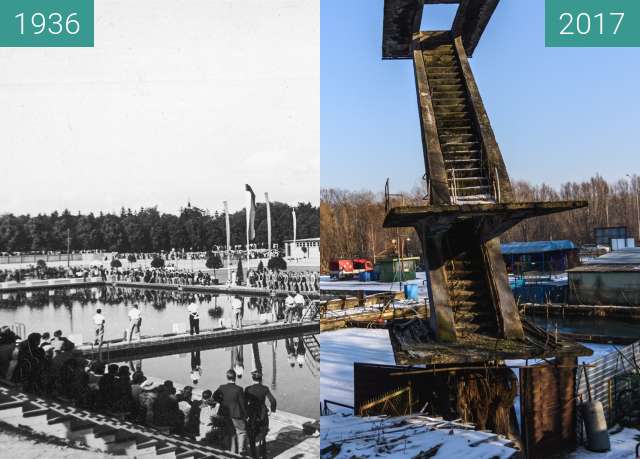
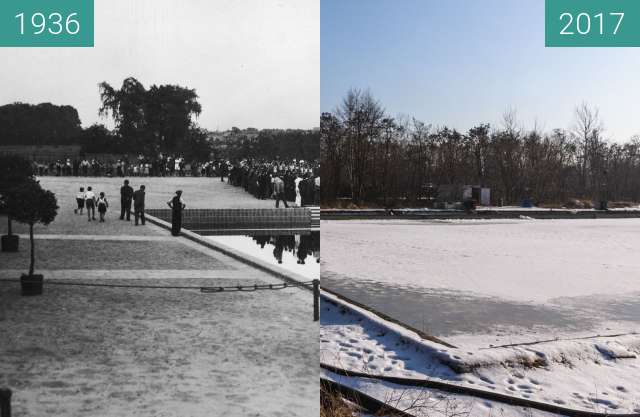
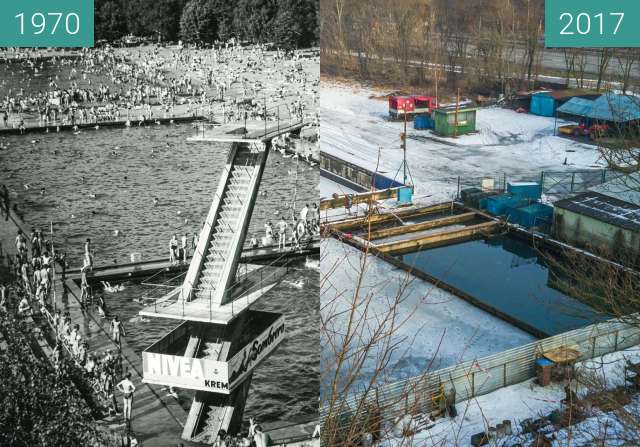
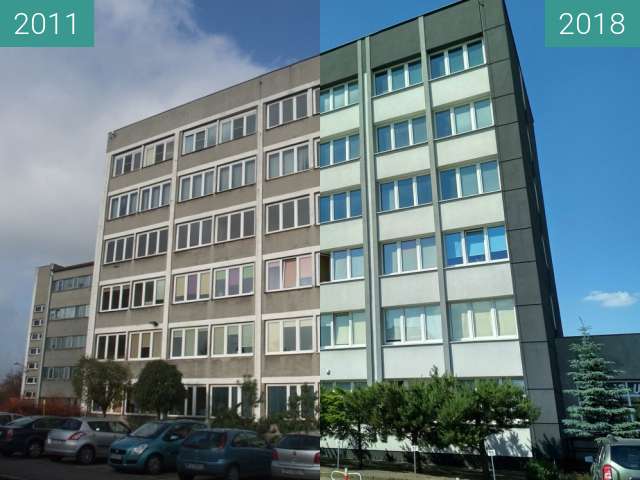
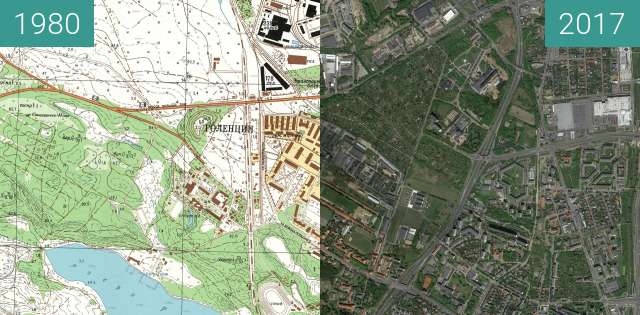
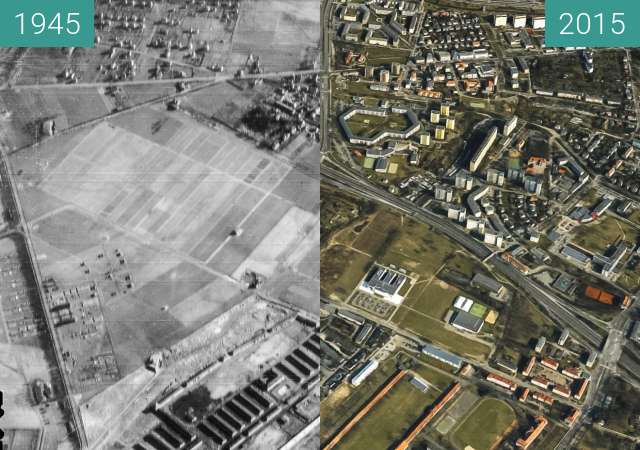
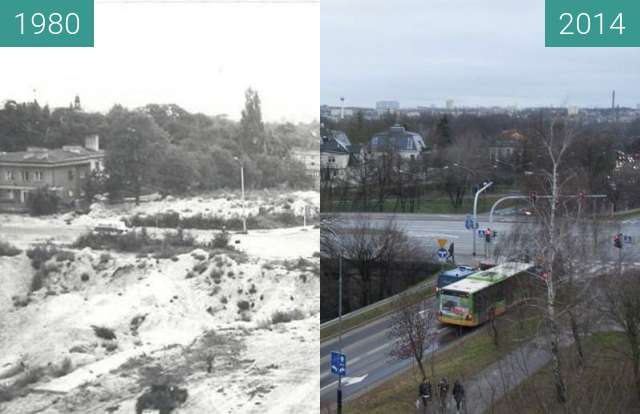
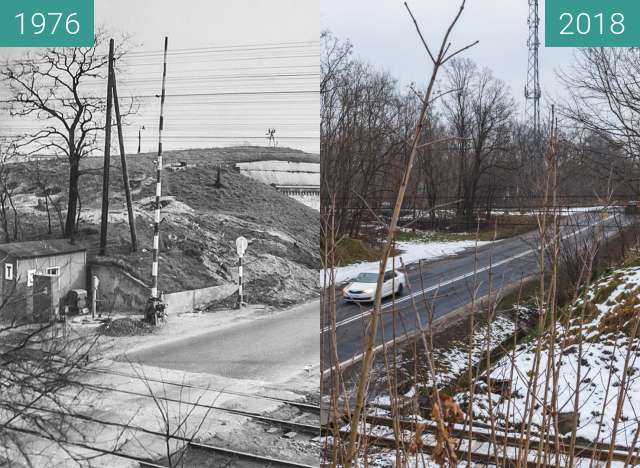
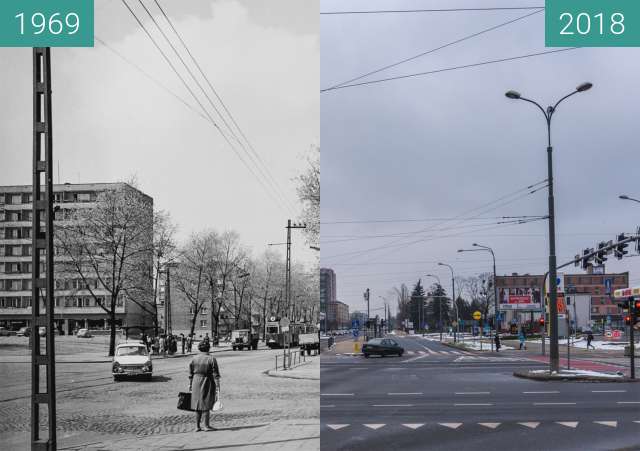
Jezioro Rusałka – jezioro zaporowe o powierzchni 36,7 ha, powstałe w l. 1941–1942, leżące w Poznaniu, w zachodnim, golęcińskim klinie zieleni. Zasilane przez Bogdankę i Golęcinkę. Powierzchnia zlewni – 26,6 km². Trasa wokół jeziora ma ok. 3,5 km.
Podczas okupacji niemieckiej zbiornik otrzymał nazwę Elsensee od niemieckiej nazwy pobliskiego młyna – Elsenmühle. Po zakończeniu wojny nadano mu metaforyczno-kulturową nazwę Rusałka pochodzącą od nimf wodnych.
W miejscu obecnego jeziora pod koniec XIX wieku wzniesiona została niewielka trapezowa bateria stanowiąca element fortyfikacji Twierdzy Poznań zwana Baterią Bogdanka (Bogdanka Batterie). Znajdowały się tu także nieużytki, na których swoje obozy rozbijali Cyganie, dwie glinianki nazywane potocznie Zuzanną i Byczym Jajem oraz wysypisko śmieci.
Jezioro powstało w latach 1941–1942, w trakcie niemieckiej okupacji Polski, poprzez spiętrzenie wód Bogdanki. Prace ziemne związane z utworzeniem zbiornika rozpoczęto w maju 1941 i trwały one 16 miesięcy. Do ich wykonania Niemcy zmusili Żydów osadzonych w niemieckich obozach pracy przymusowej na terenie Poznania. Do utwardzania dna wykorzystywano macewy, po likwidowanej synagodze i cmentarzu żydowskim przy ul. Głogowskiej. Jezioro miało stanowić serce wielkiego kompleksu rekreacyjnego Golęciński Park Ludowy (niem. Golnauer Volkspark). W jego sąsiedztwie planowano zbudować lunapark, linię kolejki wąskotorowej, ścieżki rowerowe, sauny, restauracje i halę sportową. Z powodu pogarszającej się sytuacji wojennej okupacyjne władze Poznania tych planów nie zrealizowały.
W 1960 na północnym brzegu jeziora powstał ośrodek wypoczynkowy z trawiasto-piaszczystą plażą, wypożyczalnią sprzętu wodnego i polem kempingowym.
W lasach otaczających zbiornik znajdują się 3 pomniki upamiętniające miejsca kaźni ze stycznia 1940 roku, kiedy niemieckie SS dokonało masowych egzekucji więźniów obozu zagłady Fortu VII w Poznaniu:
na północnym brzegu – gdzie stracono 20 osób
na południowym brzegu – gdzie stracono 40 osób
na wschodnim brzegu – gdzie stracono 2000 osób
Na zachodnim brzegu akwenu znajduje się miejsce, gdzie mieszkańcy Poznania spontanicznie składają kwiaty dla upamiętnienia ofiar zbrodniczych wydarzeń znad Rusałki. Na początku XXI wieku ustawiono tu drewniany krzyż. Odwiedzający składają tu kwiaty, znicze i zamieszczają informacje o miejscu pamięci. Poznański dziennikarz Krzysztof M. Kaźmierczak uznał ten obiekt za mauzoleum ofiar mordów. Według ustaleń Piotra Bojarskiego, dziennikarza Gazety Wyborczej, są to pozostałości po estradzie wojskowej postawionej w okresie powojennym.
Na obiekt składa się pięć stopni z sześcianów granitowych i niewielki ślad cokołu. Wieloletni kierownik Zakładu Zieleni Miejskiej na Jeżycach wyjaśnił, że choć poznaniacy w tym miejscu co roku spontanicznie składają tam kwiaty i palą znicze, to rzeczywiste miejsce kaźni i pomnik są oddalone o 100 metrów. W 2012 poinformowano, że miasto zamierza odnowić wszystkie trzy rzeczywiste pomniki upamiętniające ofiary zbrodni oraz teren wokół nich.
Źródło: https://pl.wikipedia.org/wiki/Jezioro_Rusa%C5%82ka_(Pozna%C5%84)
Rusałka Lake - a barrier lake with an area of 36.7 ha, built in the years 1941–1942, located in Poznań, in the western green wedge of Golęcin. Powered by Bogdanka and Golęcinka. The catchment area - 26.6 km². The route around the lake is approx. 3.5 km long.
During the German occupation, the reservoir was named Elsensee after the German name of the nearby mill - Elsenmühle. After the end of the war, it was given the metaphorical and cultural name Rusałka, derived from the water nymphs.
At the end of the 19th century, in the place of the present lake, a small trapezoidal battery was erected as an element of the fortifications of the Poznań Fortress, known as the Bogdanka Battery (Bogdanka Batterie). There were also wastelands where Gypsies set up their camps, two clay pits colloquially known as Zuzanna and Byczy Egg, and a garbage dump.
The lake was created in the years 1941–1942, during the German occupation of Poland, by damming the waters of Bogdanka. The earthworks related to the creation of the reservoir began in May 1941 and lasted 16 months. The Germans forced Jews imprisoned in German forced labor camps in Poznań to execute them. For hardening the bottom, matzevot were used, left over from the liquidated synagogue and the Jewish cemetery at ul. Głogowska. The lake was supposed to be the heart of the great recreational complex Golęciński People's Park (Ger. Golnauer Volkspark). In its vicinity, it was planned to build an amusement park, a narrow-gauge railway line, bicycle paths, saunas, restaurants and a sports hall. Due to the worsening war situation, the occupation authorities of Poznań did not implement these plans.
In 1960, on the northern shore of the lake, a holiday resort with a grass and sandy beach, water sports equipment rental and a camping site was established.
In the forests surrounding the reservoir, there are 3 monuments commemorating the places of execution in January 1940, when the German SS carried out mass executions of prisoners of the Fort VII extermination camp in Poznań:
on the northern shore - where 20 people were executed
on the south bank - where 40 people were executed
on the eastern bank - where 2,000 people were executed
On the western shore of the reservoir, there is a place where the inhabitants of Poznań spontaneously lay flowers to commemorate the victims of the murderous events at Rusalka. At the beginning of the 21st century, a wooden cross was placed here. Visitors place flowers, candles and post information about the memorial site. Krzysztof M. Kaźmierczak, a journalist from Poznań, recognized the facility as a mausoleum of the murder victims. According to the findings of Piotr Bojarski, a journalist for Gazeta Wyborcza, these are the remains of the military stage set up in the post-war period.
The object consists of five steps made of granite cubes and a small trace of a plinth. The long-time manager of the Municipal Green Plant in Jeżyce explained that although Poznań residents spontaneously lay flowers and light candles there every year, the actual place of execution and the monument are 100 meters away. In 2012, it was reported that the city intends to restore all three actual monuments commemorating the victims of the crime and the area around them.
Source: https://pl.wikipedia.org/wiki/Jezioro_Rusa%C5%82ka_(Pozna%C5%84)